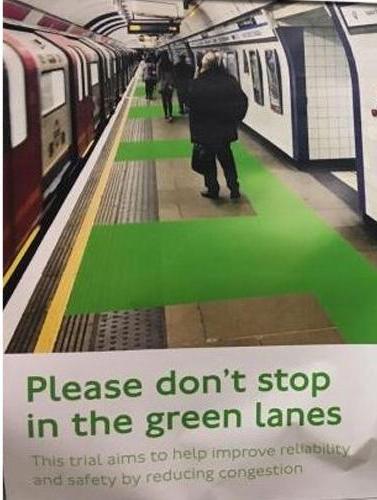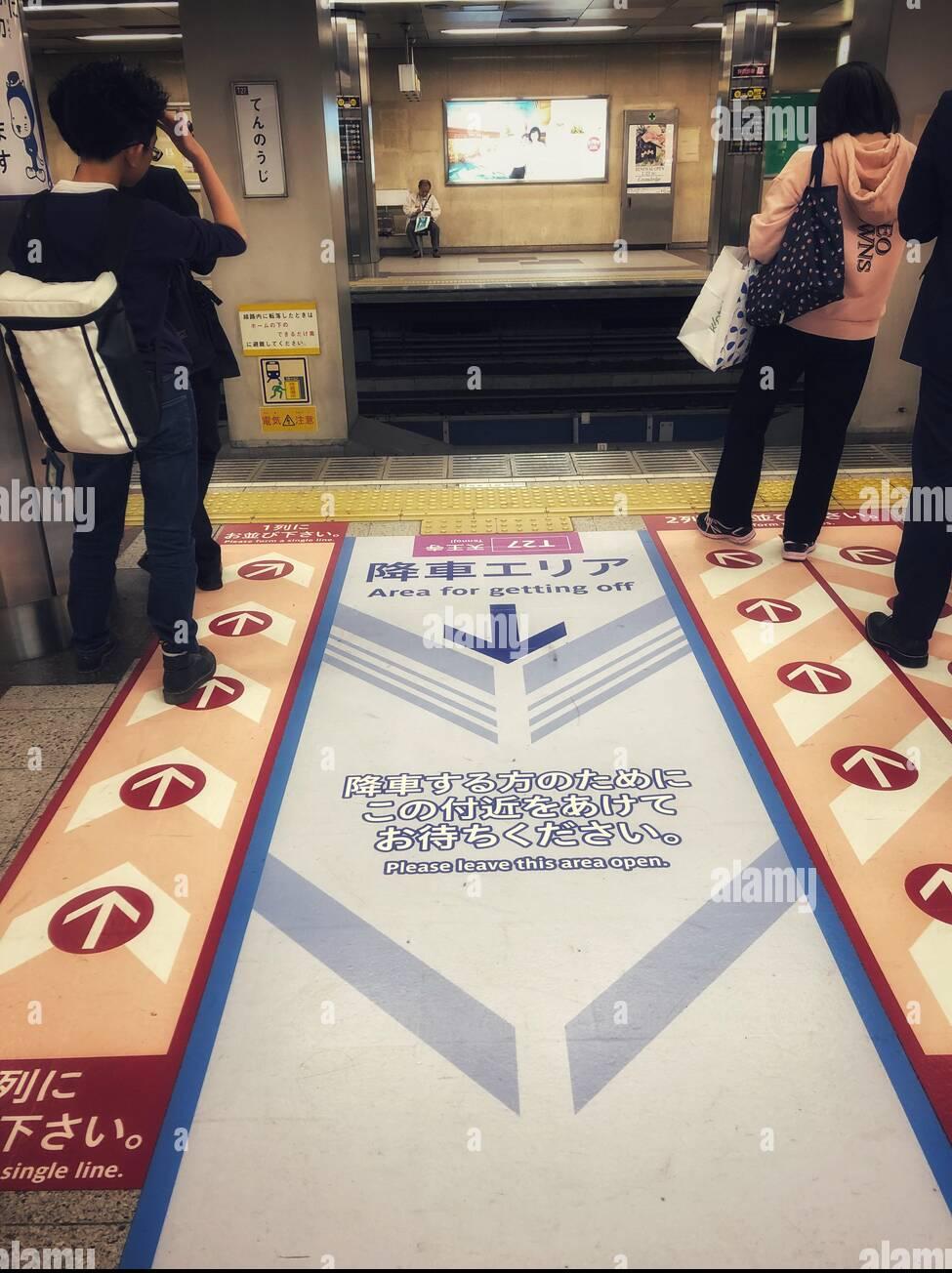Pilot Project for Implementing Markings in Almaty Metro
In order to improve the efficiency of public transportation and passenger flow conditions at the «Almaly» metro station, it is proposed to implement a pilot project for applying special floor markings. These markings will aim to foster a culture of queuing and maintaining distance, which is especially relevant during peak hours.
The daily number of passengers reaches high levels, leading to congestion and discomfort during peak hours. The problem is exacerbated by the lack of clear queue organization, which may lead to conflicts between passengers and worsen the overall experience of using public transportation.
The project proposes applying markings to the floor at the «Almaly» metro station that will indicate optimal waiting places and passenger movement directions. The markings will be made in bright colors that do not interfere with perception, using non-slip and wear-resistant materials.
International experience in the application of similar measures in metro systems of other cities demonstrates significant positive results. For example, in Tokyo and Singapore, where the culture of queuing and public order is traditionally at a high level, the use of ground navigation signs in the metro helped further organize passenger flow and reduce boarding and alighting time.


Fig. 1 Marking in Tokyo Fig. 2 Marking in London
These measures not only improved the efficiency of the transport system but also significantly enhanced passenger safety, especially during peak hours. Similar projects in London, where special lines were introduced on platforms directing passengers to specific train doors, led to faster overall station service times and improved the passenger experience. These examples show that proper planning and implementation of such projects can have a significant impact on passenger flow management and the effectiveness of urban transportation.
Project Goals
1. Improving passenger flow conditions in the metro.
2. Reducing conflict levels among passengers through clear queue organization.
3. Reducing waiting time for boarding metro cars.
4. Creating conditions for raising the overall metro usage culture with a multiplicative effect on other transport modes.
Project Implementation Stages
1. Design and marking development in accordance with international standards and local features.
2. Pilot application of markings on one of the station platforms.
3. Monitoring and analyzing the effect of the markings on passenger behavior.
4. If the pilot is successful – expanding the project to other metro stations.
Expected Results
It is expected that the project implementation will significantly improve order and safety at the station, reduce boarding time, and increase overall passenger satisfaction with the metro services. The project will also help to build a positive image of the metro as a safe and comfortable mode of transport.
Conclusion
The project for applying floor markings at the «Almaly» metro station is an important initiative within the strategy to improve the quality of public transport services in Almaty. The implementation of this project requires careful planning and control, but the potential benefits for the urban community and the metro's image justify all costs and efforts.












